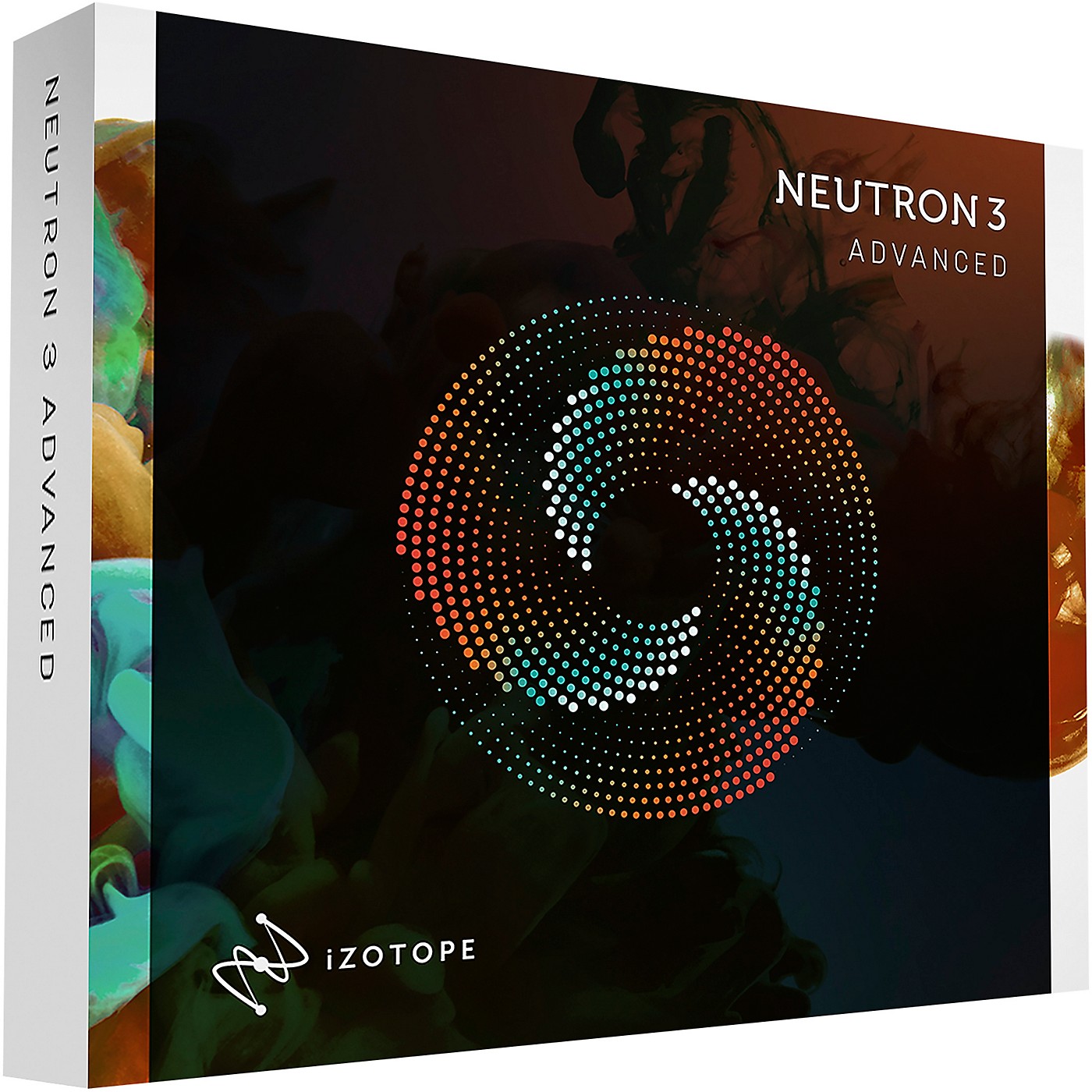

Unfortunately however, you can’t get back to these sliders without re-analysing the whole track, which is a bit of a pain. Once you’re happy, you click accept and you’re good to go. If some of the analysed tracks end up in the wrong group, you can edit the classification and reassign each track from a list. Once it has finished, you’re presented with a (hopefully) well-balanced mix, with five sliders for each category that can be tweaked like grouped VCA sliders on a mixing desk. You then have to play the track from start to finish while Neutron listens and works out which of five categories it thinks each track falls into Voice, Bass, Percussion, Musical, and Focus. All of your tracks will then appear in a list and you can select which ones to include in the analysis, with the option to give one or more tracks (such as the lead vocals) a Focus star.

To use this, you first need to have instances of either the included Relay plug-in (which is a simple but well-featured channel utility), Neutron 3, or another iZotope product that features its Inter Plug-in Communication (IPC) technology placed on each track.
#IZOTOPE NEUTRON FOR MASTERING PLUS#
Clicking on the Mix Assistant button on any instance of Neutron 3 gives you the option of the previous Track Enhance feature, plus a new Balance feature. Given that we’ve already reviewed large parts of this product twice already, let’s get stuck straight in with the new stuff. I’m hoping Ozone 8 also sees a similar refinement soon, as that plug-in still has the power to bring my computer to its knees! In balance

iZotope should be commended for putting time into this and not just focusing on the new features. They say that sessions using Neutron 3 should load up to 3x faster than those using version 2 and that is uses half the memory. Under the hood, Neutron 3 is much more efficient, with improvements in metering, plug-in start-up time, memory usage and processing power, meaning you can work a little faster, and run more instances. Putting these visuals front and centre and allowing you to resize the whole GUI helps show exactly what each processor is doing, which can ultimately lead to you making more confident and refined edits. You also get the Visual Mixer, Relay and Tonal Balance Control plug-ins, plus the built-in Limiter, the improved Masking Meter, and the AI Mix Assistant that comprises of the previously available Track Enhance function and the fancy new Balance feature.Īside from these main components, certain elements of the GUI have had a tasty upgrade, including silky smooth visual feedback that lets you adjust things like thresholds on top of large waveforms and spectrums. So what’s in the Advanced version? Well, you get the seven main processors built in, which includes the Equalizer, 2 Compressors, Gate, Transient Shaper, Exciter, and new Sculptor modules plus individual plug-in versions for each.
#IZOTOPE NEUTRON FOR MASTERING UPGRADE#
We’ll be looking at the full-fat Neutron 3 Advanced, although it’s worth noting that there are cut-down versions, various upgrade prices and several software bundle options available, with more details on the iZotope website. One of these is the unique new Mix Balance feature that can automatically set the volumes of your tracks to create an initial mix – and you can read about our experiences testing it below.


 0 kommentar(er)
0 kommentar(er)
